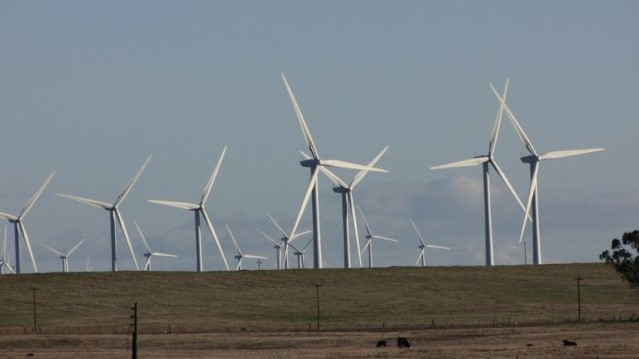
The commercial wind industry was born in California, and the state has one of the strongest renewable energy incentive programs in the country. Still, when it comes to wind, Texas has us beat by a long shot, according to a new report from the Washington, D.C.-based American Wind Energy Association.
California generates 5,829 megawatts of wind energy, compared with 12,354 megawatts in the Lone Star State. Iowa is a close third at 5,177 megawatts.
At least one explanation is simple: Texas is a bigger and windier place.
“California was first out of the gate to promote wind, so we got a reputation for being the biggest and best wind state,” says Nancy Rader, Executive Director of the California Wind Energy Association. “But our resources pale in comparison to Texas and other states in that Great Plains region.”
While California has pursued both wind and solar energy, Texas has focused on wind.